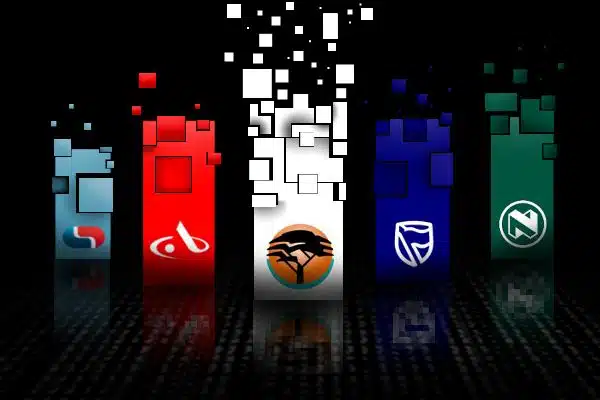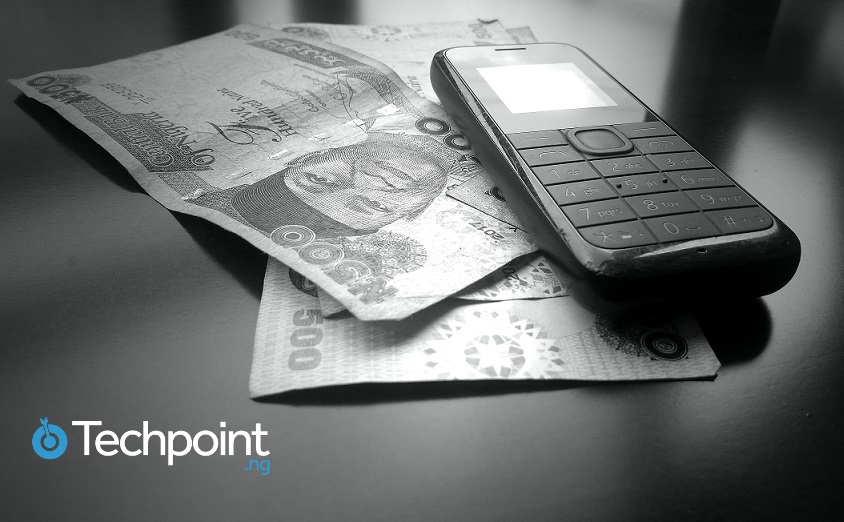Automated Teller Machines (ATMs) are an essential part of the financial ecosystem across Africa, enabling financial inclusion and bridging the relationship between financial institutions and customers. ATMs first found their way into Africa in the late 1980s and early 1990s, and today, many countries across the continent boast of thousands of ATMs serving millions of people.
Among the countries with the highest number of ATMs on the continent are Nigeria, Egypt, and South Africa, each of which has thousands of ATMs in operation. Nigeria has about 21,000 ATMs, Egypt has over 23,000, and as of 2021, South Africa had around 18,672.
But in recent times, ATMs in South Africa have been in decline, with four of the country’s biggest banks significantly reducing their ATM infrastructure. In the first half of 2024, South Africa’s Standard Bank, Absa, Nedbank, and First National Bank (FNB) closed a total of 233 ATMs, shutting down 76, 75, 42, and 40 ATMs, respectively.
However, Capitec, the last of the big five banks, has been going in the opposite direction of this trend by expanding its ATM footprint in the country.
“At Capitec, accessibility is fundamental to financial inclusion. We believe every client should have seamless access to financial services that meet their needs, regardless of location or preferred banking method,” Asha Patel, Head of Brand and Communications at Capitec, tells Techpoint Africa. “While digital adoption continues to grow, cash remains essential for many South Africans’ daily transactions.”
“This is why our approach is twofold: we are expanding our footprint to ensure reliable access to cash services where needed while simultaneously supporting clients in understanding the benefits of digital banking,” Patel adds.
What is behind the trend?
The increase in the use of digital channels in South Africa is a key reason for the decline in ATM infrastructure. Zibu Nqala, CEO of FNB Points of Presence, tells Techpoint Africa that the bank has observed a decreasing need for cash among its customers, with those earning R750,000 or more per annum consistently preferring digital and card-based transactions.
“Conversely, the segment of our customers earning R750,000 and below per annum has traditionally relied more heavily on cash. Three years ago, cash constituted 31% of their payments. However, this figure has now decreased to 25%, indicating a clear downward trend,” Nqala says.
The story is similar at Absa; Tshiwela Mhlantla, Managing Executive: Integrated Channels at Absa, explains that shifts in customer behaviour and interaction with cash influenced the decision to reduce their ATM footprint.
“We also saw that there were some market shifts that were starting to emerge. And from that perspective, if I were to paint a picture for you, the ATM fleet for Absa in 2022 was the biggest in the country, and it really didn’t match the customer base that we had in terms of optimal placement. So that was quite critical for us in our considerations,” Mhlantla says.
Beyond changing customer habits, the cost of maintaining ATMs also plays a significant role. A banking subject-matter expert who asked not to be named told Techpoint Africa that the South African Reserve Bank (SARB), South Africa’s Central Bank, charges banks an interest fee for cash kept in ATMs.
“For each ATM that has money, they have to pay the Reserve Bank money. So, part of the digitisation of payment infrastructure allows banks to reduce costs on that front. So, the fewer ATMs you have, the lower the cost you have,” the expert says.
This trend isn’t unique to South Africa. Between January and December 2023, Kenyan banks closed 77 ATMs, citing an increase in digital adoption and the high cost of maintaining them, which brought the country’s ATM count to 2,282.
Is anyone left behind?
Although there is an increase in the adoption of digital channels for transactions in South Africa, a significant portion of the population still relies on cash.
By volume, cash payments account for 56% of transactions in South Africa. About 94% of South Africans withdraw cash monthly, with 34% withdrawing all their deposited funds at once. Additionally, South Africa’s BankservAfrica asserts that nine out of ten transactions in South Africa are done in cash.
Hence, the reduction in ATM infrastructure raises questions about inclusion for those who need cash for transactions, like informal traders and blue-collar workers.
Thato Malelu describes the country’s informal economy as cash-heavy and fully operating on cash. “More than anything, you won’t find them with a mobile POS. It’s either cash or nothing,” she says.
Moreover, unlike in some African countries, where Point of Sale (POS) agents are prevalent at every corner offering cash withdrawals, South Africa’s financial system is quite different, with fewer informal cash points. Recognising this gap, banks have worked to maintain access to financial services, particularly for rural customers who are slower to adopt digital channels.
“FNB tried to bridge that gap a bit because someone from the formal sector might get services, for instance, from a hairdresser who might say they don’t use their account or want cash on the spot. How do I then get the money to you? What we do is called a CashSend. From my account, I’ll send the money to a phone number and give you a PIN. You can go to an ATM to withdraw the money without a card or a bank account,” Malelu says.
But ATMs aren’t the only way to access cash through this system. A 2023 report by the SARB showed that lower-income individuals often withdraw cash more frequently through cashback services at the point of sale in major retail stores.
Nqala, CEO of FNB Point of Presence, adds that FNB ensures that it has adequate representation for its rural customers through its retailer partnerships.
This means that banks partner with retailers across South Africa to offer cashback options to their customers.
“All the banks do it. At Absa, it’s CashSend; Standard Bank calls it Instant Money, and FNB calls it eWallet. As an individual, I can transfer money to your phone number, and you can withdraw that money at any retailer. For example, you can withdraw it with Shoprite,” the expert says.
They add that, “In South Africa, there is no informal place where you can’t find a Shoprite or a Pick n Pay or a Spar. We don’t have that anymore. There is always a retailer close by.”
Additionally, Payshap, a payment gateway created by the Payments Association of South Africa (PASA) and BankservAfrica, allowing South Africans to make payments between banks within seconds, is another innovative method employed by the South African government to bring lower-income individuals into the digital payments ecosystem.
The gateway, embedded in the apps of participating banks, requires users to register a cellphone number with their bank, which will become their Payshap ID and be used to receive funds.
However, adoption of the system remains slow due to a lack of awareness.
According to Kganya Molefe, a former Payments Product Manager at J.P. Morgan in a LinkedIn post, “Over the past year, I’ve suggested using Payshap for my hair appointments on at least three occasions, but it hasn’t been taken up. We both bank with the same institution, so instant payments aren’t necessary because banks usually reflect book transfers immediately. Regardless, she prefers and insists on using cash.”
Nevertheless, with these systems in place, South Africa is slowly phasing out its reliance on cash for everyday transactions, as 19.5% of the country’s total employment is in the informal sector.
However, while South Africa looks towards a fully digital economy with fewer ATMs and more digital transfers, solutions that require a mobile phone (with or without an Internet connection) and proximity to a retailer serve as a bridge between where the country is currently and where it hopes to be.










